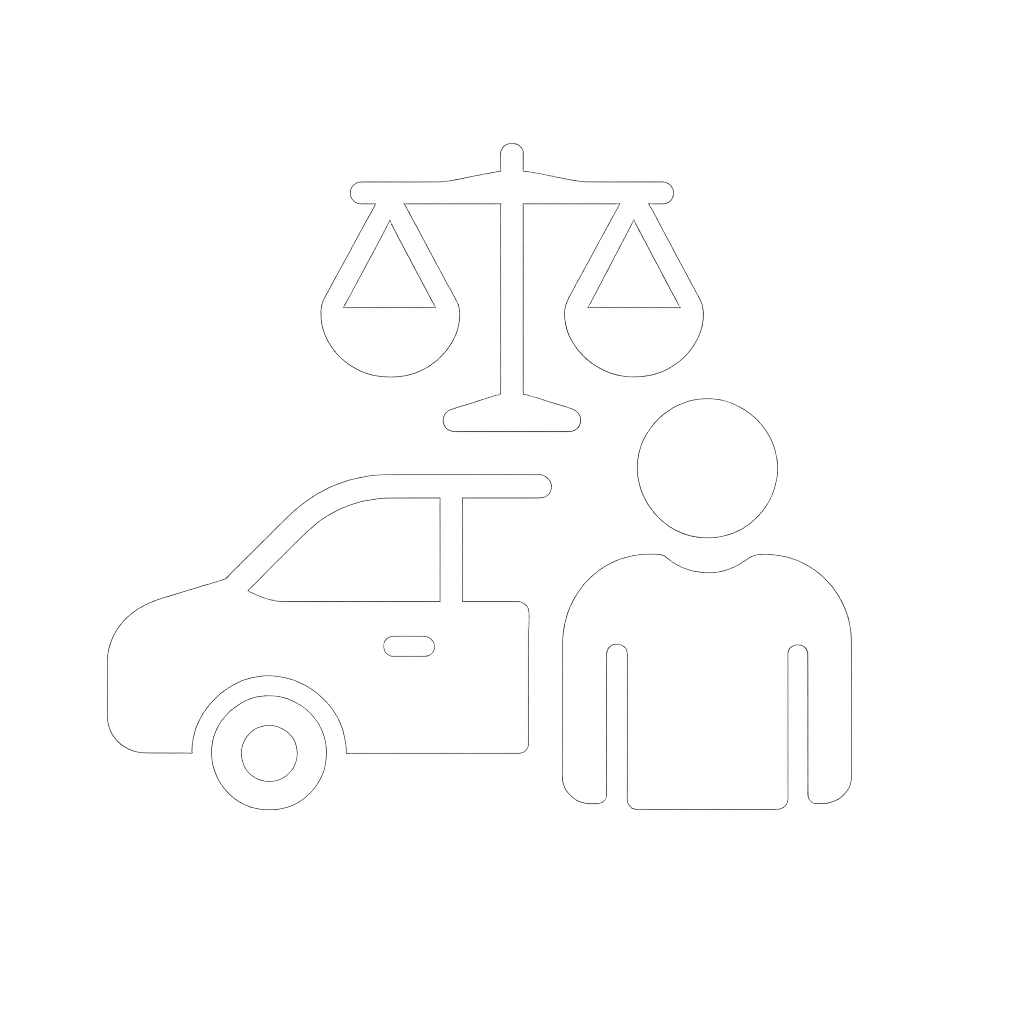If you've been involved in a car accident in Texas without wearing your seatbelt, you might be wondering what your options are regarding a claim. While the legal landscape can seem daunting, understanding your rights and the implications of seatbelt use can significantly impact your case. Let's explore the nuances of car accident claims in Texas and how you can navigate this challenging situation effectively.
Understanding Car Accident Claims Without a Seatbelt
A car accident claim without a seatbelt is essentially a personal injury lawsuit filed by an individual who was not wearing a seatbelt at the time of the incident. In Texas, the law allows you to pursue compensation for injuries sustained due to another party's negligence, even if you were unrestrained during the accident.
Compensation in these claims typically includes:
- Medical expenses: Costs for treatment related to the accident.
- Income loss: Wages lost due to injuries preventing work.
- Property damage: Costs for vehicle repair or replacement.
- Pain and suffering: Compensation for physical and emotional distress.
However, it's crucial to recognize that insurance companies may argue that your injuries are more severe because you were not wearing a seatbelt. This can complicate your claim, making legal representation essential to navigate these challenges.
Seatbelt Laws and Injury Claims in Texas
Texas law mandates that all vehicle occupants wear seatbelts. Failure to do so can lead to a traffic citation, but it does not automatically disqualify you from seeking a personal injury claim. The state operates under the modified comparative negligence rule, which stipulates that you can recover damages as long as you are not more than 50% responsible for the accident.
For instance, if your total damages amount to $100,000 and you're found to be 20% at fault for not wearing a seatbelt, your compensation would be reduced to $80,000, reflecting the percentage of fault assigned to you.
The Role of Comparative Negligence in Claims
Comparative negligence is a significant factor in determining the outcome of your car accident claim without a seatbelt. Here are the key points to understand:
- If you are found to be 0-50% at fault, you can still recover damages, although the amount will be reduced by your fault percentage.
- If you are deemed 51% or more at fault, you lose your right to any compensation.
Even when the other driver is clearly negligent, such as in cases of drunk driving or reckless behavior, your lack of seatbelt use could be interpreted as a contributing factor to your injuries.
Factors Influencing Comparative Negligence
- Severity of injuries with and without seatbelt use.
- The nature of the collision (e.g., rear-end, side impact).
- Expert testimony, including accident reconstruction analysis.
- Safety features of the vehicle involved in the accident.
Impact of Not Wearing a Seatbelt on Compensation
Failing to wear a seatbelt can have serious implications for your compensation claim. Here are several ways this can manifest:
1. Reduced Damages
Insurance companies may argue that individuals who are unrestrained are more likely to sustain severe injuries. This can lead to lower settlement offers or outright denial of your claim.
2. Blame Shifting
Defendants might try to shift blame onto you, using your lack of seatbelt use as a basis for contributory negligence.
3. Jury Perception
If your case goes to trial, there is a risk that jurors will view your choice not to wear a seatbelt as irresponsible, potentially impacting their judgment on the case.
4. Need for Expert Testimony
To counter arguments regarding your seatbelt use, you may need to provide expert testimony to demonstrate that your injuries were not significantly exacerbated by the lack of a seatbelt.
Essential Evidence for a Claim Without a Seatbelt
The strength of your claim heavily relies on the quality of evidence you can present. A knowledgeable attorney will assist you in gathering critical information, which may include:
- Police reports: Detailed accounts of the accident, including fault and any citations issued.
- Medical records: Documentation of injuries sustained in the crash.
- Photographic evidence: Pictures of the accident scene, vehicle damage, and personal injuries.
- Witness statements: Verbal or written accounts from individuals who observed the accident.
- Video footage: Dashcam or surveillance videos that capture the incident.
How Legal Representation Can Support Your Claim
The legal team at Loncar Lyon Jenkins specializes in helping clients navigate the complexities of car accident claims, especially those involving seatbelt issues. Our comprehensive services include:
- Gathering and analyzing evidence to substantiate the other driver's negligence.
- Addressing and countering arguments related to your seatbelt use.
- Engaging expert witnesses who can lend credibility to your case.
- Negotiating with insurance companies to ensure you receive fair compensation.
We operate on a contingency fee basis, meaning you don’t pay unless we win your case, making our services accessible to everyone.
Steps to Take Following an Accident Without a Seatbelt
What you do immediately after a car accident can greatly impact your claim. Here are the necessary steps to take:
1. Report the Accident
Always contact law enforcement to report the accident, ensuring an official police report is created.
2. Seek Medical Attention
Even if you feel unharmed, some injuries may not present symptoms immediately. Getting checked can also document your injuries for your claim.
3. Collect Evidence
Document the scene with photos, gather witness contact information, and keep track of medical bills and receipts.
4. Avoid Admitting Fault
Refrain from making statements that could be construed as admitting blame to police or insurance representatives.
5. Consult an Attorney
It’s vital to speak with a car accident lawyer as soon as possible to understand your legal options and rights.
Data on Seatbelt Use and Injury Severity
The following table presents data on how seatbelt use affects injury severity in motor vehicle accidents, according to the National Highway Traffic Safety Administration (NHTSA):
| Seatbelt Use | Fatalities | Serious Injuries | Minor Injuries |
|---|---|---|---|
| Worn | 45% | 30% | 25% |
| Not Worn | 65% | 25% | 10% |
This data highlights the increased risk of severe outcomes for unrestrained occupants but does not negate your right to seek compensation.
Understanding Texas Statute of Limitations
In Texas, the statute of limitations for personal injury claims is two years from the date of the accident. If you fail to file within this timeframe, you forfeit your right to seek compensation, regardless of seatbelt use.
Insurance Company Strategies to Be Aware Of
Insurance companies often employ strategies to minimize their payouts. When filing a claim without a seatbelt, be prepared for tactics such as:
- Offering low settlement amounts initially.
- Delaying responses to your inquiries.
- Requesting excessive documentation.
- Trying to obtain recorded statements that could be used against you.
Having an attorney handle communications can help protect you from these tactics.
Debunking Common Myths About Car Accident Claims
Myth #1: You Can’t File a Claim Without Wearing a Seatbelt
False. Texas law allows you to file a claim regardless of seatbelt use.
Myth #2: You Will Always Be Found at Fault
False. Liability is assessed based on the specifics of the accident, not solely your seatbelt status.
Myth #3: Insurance Will Never Cover You
False. Insurance can provide coverage, though the payout may be affected by your lack of seatbelt use.
Understanding the complexities surrounding car accident claims without wearing a seatbelt is crucial for anyone involved in such an incident. With the right legal support, you can navigate the challenges ahead and maximize your chances of receiving fair compensation. For an in-depth look at the implications of not wearing a seatbelt in Texas, check out this informative video:

